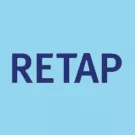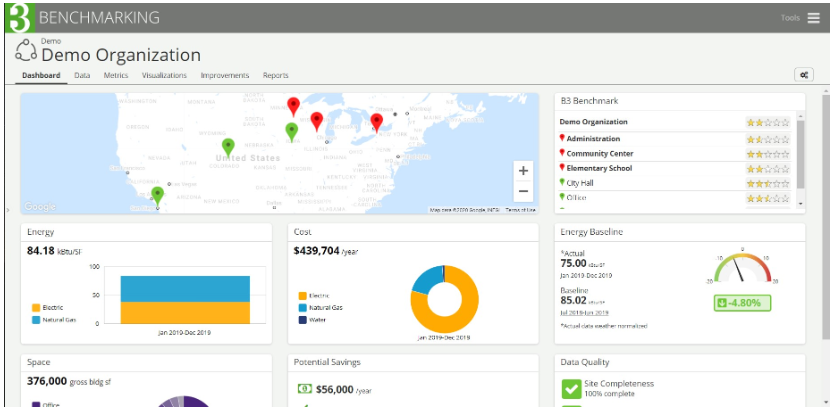Whether you're a resident, business, or other organization, your building is unique and you can benefit from expert guidance about where to start making energy-saving improvements.
- Get informed: Log into your utility account or check out your most recent bill to learn about your energy use and see how you compare to others. If you have questions, Citizens Utility Board offers call-in utility bill clinics where they help residents understand their energy use and bills.
- Get an audit: For Xcel Energy and/or CenterPoint Energy customers, home energy audits are available through Home Energy Squad. Check with your gas or electric utility to see what home energy audits and related programs they have available.
- Get resources: Check out the assistance options, links, and videos below to learn more about how you can start saving energy.





